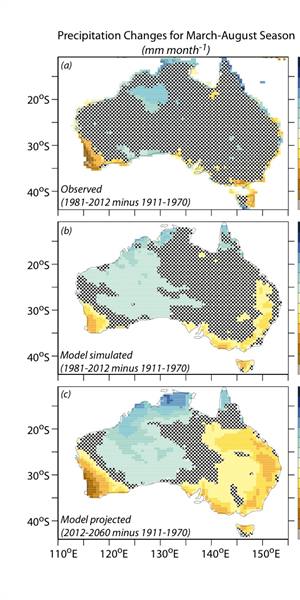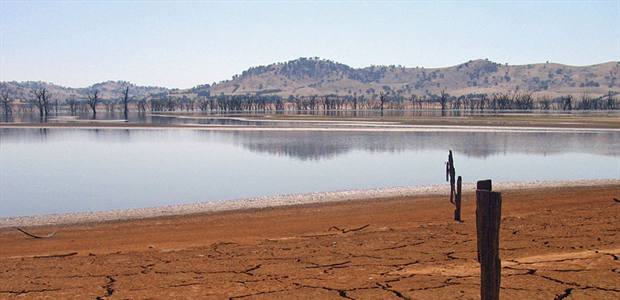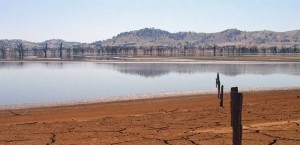August 17, 2014 – It seems that climate change is really picking on Australia in a big way. Scientists at the U.S. National Oceanic and Atmospheric Administration (NOAA) have created a climate model that indicates a trend to declining fall and winter rainfall over the southwestern, southern and eastern parts of the Australian continent. The cause – greenhouse gas (GHG) emissions and ozone depletion. The results of the research appear in Nature Geoscience.
Southwestern Australia is home to Perth, the country’s fourth largest and one of its fastest growing cities. It will be most impacted as progressive drying takes hold in that region of the continent. The model predicts a 40% decline in rainfall. With autumn and winter the growing seasons for this region of the country, any decline in rainfall represents a significant challenge to farms as well as cities and towns. Today Perth relies on desalination for 50% of its freshwater supply having invested in two projects. With this model it appears that the two plants may not be enough for the city’s future survival. But what will farmers and small towns do with a decline in rainfall?
Why are NOAA scientists confident about this climate simulation? The new model bears a striking resemblance to actual data collected from weather observations from 1981 to 2012 (see the top two maps below). This gives the scientists considerable confidence in the model’s projections to 2060 (see the bottom map).

NOAA tested both natural and human derived climate drivers. Natural causes include volcanic eruptions and changes to solar radiation levels striking the Earth. Neither impacted precipitation levels. But introducing changes in levels of GHGs and aerosols did.
It should be noted that all of Southern Australia has witnessed a steady rainfall decline since 1970. This new research may provide the answer to why it is happening and we are the prime cause. So the science NOAA is delivering comes from the United States and not Australia. That’s because evidence of climate change is something that Australia’s current Prime Minister, Tony Abbott, chooses to ignore as he kills initiatives to deal with GHGs and defunds his own government’s research in the field.
Poor Australia. Not only will they be victims of climate change but also victimized by the poor judgment of their political leaders.













